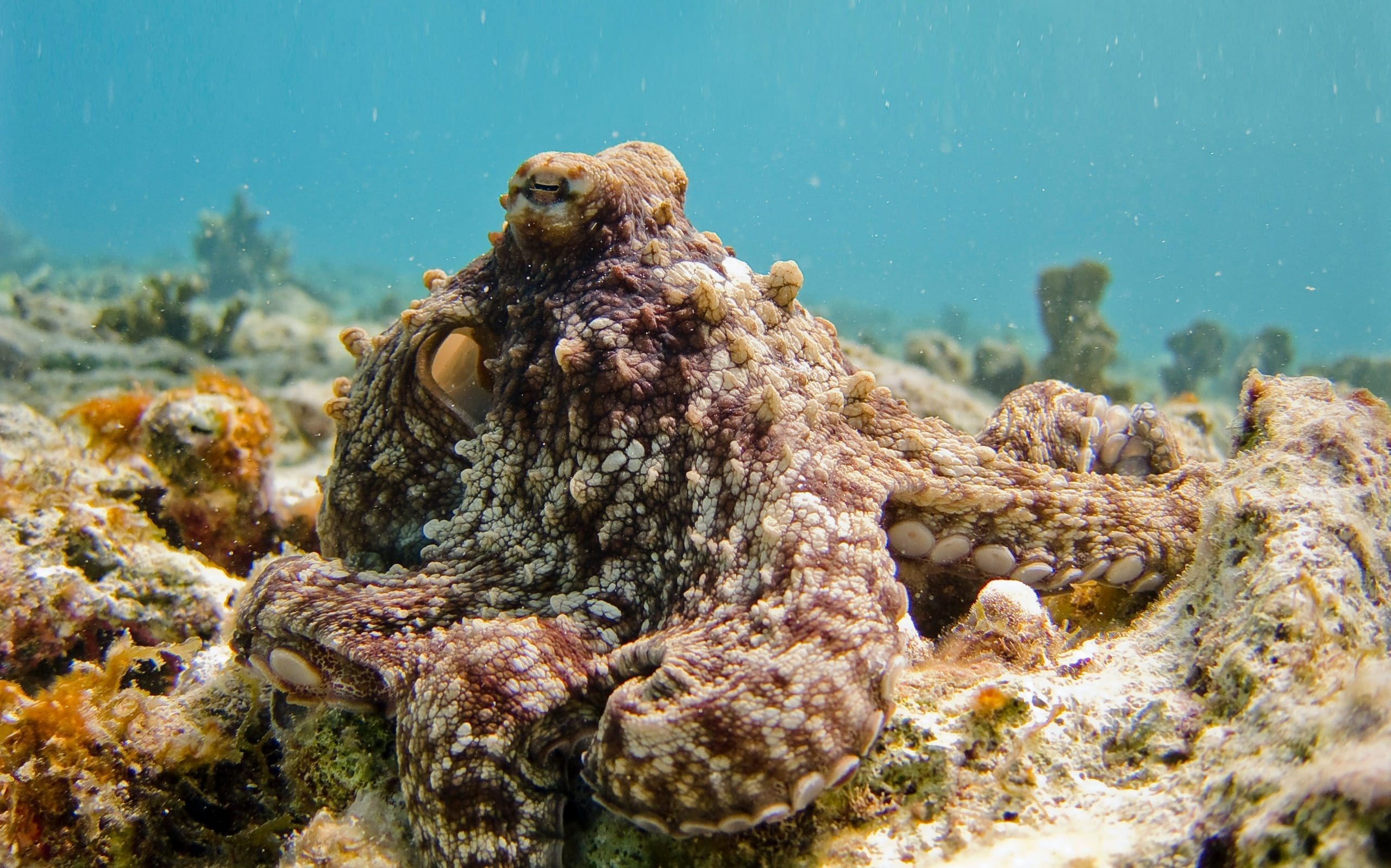Looking at grains of sand close up is a bit like looking at clouds. Spend enough time doing it, and you’ll start seeing shapes. (A phenomenon common enough to have a name – pareidolia)
But few are likely to see the same as the first to place a sand grain under a microscope. “The father of Microbiology”, Antony van Leeuwenhoek describes it like this in a letter to the Royal Society in London in 1703:


From a letter to the Royal Society in London 1703, regarding sand:
”In the said sand…you may see not only a ruined Temple but in the corner appear two images of humane shape, kneeling, and extending their arms to the altar that seemed to stand a little distance from them; this was still more agreeable because it was as bright as any polished steel.
I’ve been looking at a lot of sand, and I can tell you, it’s a world to itself. Faces, animals, and familiar shapes keep showing up. No humans at altars – yet.


While van Leeuwenhoek shared drawings and vivid descriptions of grain, I place the ones that hit with awe under the camera. A select few gets scanned for their exact shapes. Enlarged 8-24 times they fit as jewelry!
Looking at the grains turned into jewelry, what do they look like to you?


A grain of sand from Copacabana beach, Brazil


A grain looking like? Found in Okinawa, Japan.





